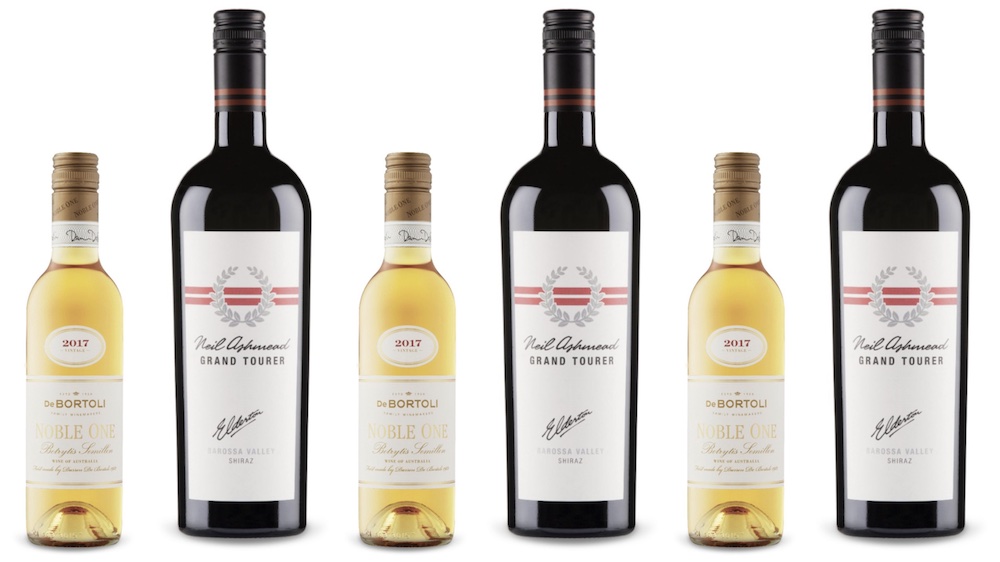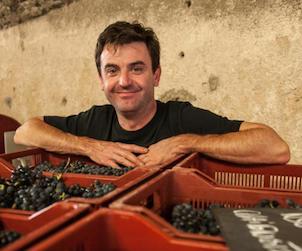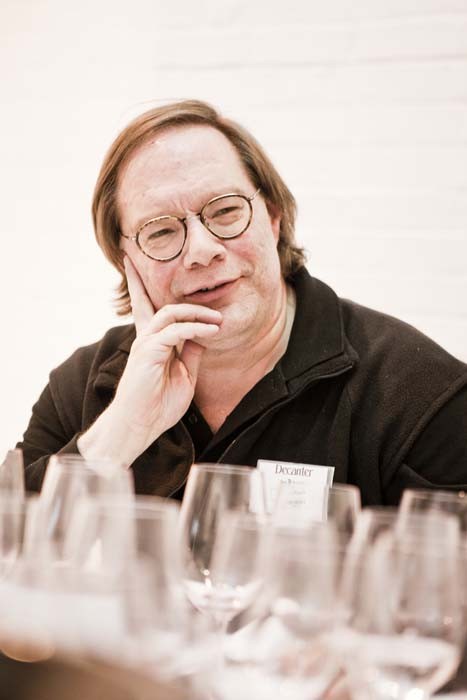Madiran is a region tucked away in the southwest of France that has struggled to establish its international reputation outside the shadow of nearby Bordeaux. The region lies about midway between the Atlantic coast and the Pyrenees mountains, which split southwest France from Spain. Geographically speaking, Madiran is buffered from the elements that encourage significant vintage variation in Bordeaux. Even now, as excess warming is the more relevant threat to Bordeaux, Madiran still fares better. It benefits from the cooler continental influences of the Pyrenees and deals less with the pressures of rain and humidity at harvest.
The history of Bordeaux and Madiran are tightly twined together. The Bordelaise often used the muscular wines of Madiran to add weight and structure to Bordeaux’s Claret. The two regions share the capacity for producing long-lived wines with great complexity. If anything, Madiran’s Tannat-based reds demand time in bottle to soften their edges. That fact might be why the region has struggled to find its footing.
Even as someone who tends to seek out wines that are tannin driven, I’m guilty of overlooking Madiran in favour of more familiar favourites like Barolo. On the few occasions I’ve had wines from Madiran, they’ve been savoury, umami, and complex. Given a chance to join a luncheon with Château Bouscasse and Château Montus, the answer was obvious.
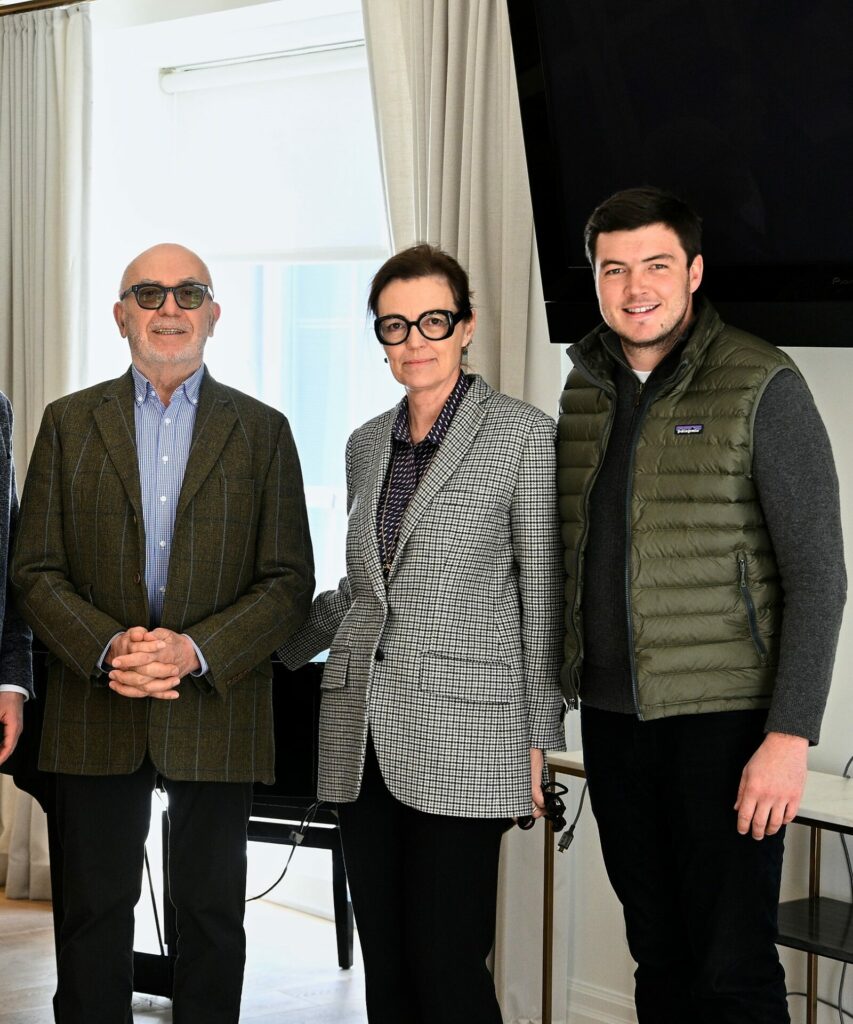
Alain, Laurence and Antoine
Alain Brumont is the founder of both estates. He is owed outsized credit for the recent revival that Madiran’s wines have enjoyed. He got his start in the eighties making wines based entirely on Tannat. A style of wine that was explicitly not allowed by the AOC at the time. He tenaciously stuck to his vision. For decades, he has produced wines that stand up to the likes of Mouton Rothschild and for a minuscule fraction of the cost.
I joined Alain, his wife Laurence and their son Antoine for lunch along with several other wine writers at Sassafraz. Theoretically, this lunch is the only time the two generations will be together on a market visit as Alain is passing more and more of the responsibility for the estates to his stepson, Antoine Veiry. In meeting Alain, my first impression was of someone boulder-like, immutable. That wasn’t really the right read of him. He is a force of nature for sure, but he has also consistently sought to bring new knowledge and perspectives into the estate and his winemaking teams. His estate often functions as a gathering place for sommeliers and winemakers from around the world to come and learn. I appreciate the commitment to curiosity that infuses his work.
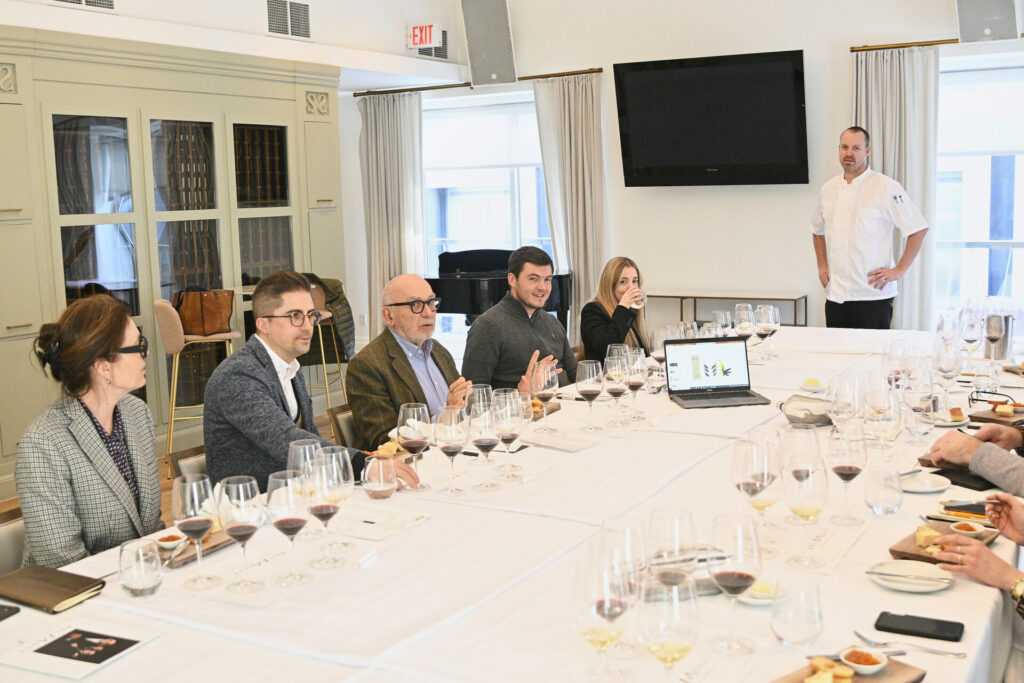
Alain explaining the terroir of Madiran
The flight of wines we enjoyed over lunch echoes the transition between generations as Antoine takes the reins on the winemaking side. The 2018 vintage he led shows a faithfulness to the interpretation of Tannat that Alain pioneered. These wines are worth seeking out and stashing away a case of two if you can manage it. It may also take Alain a few tries to get the hang of retirement, so this may not be the last time we see him visiting Toronto.
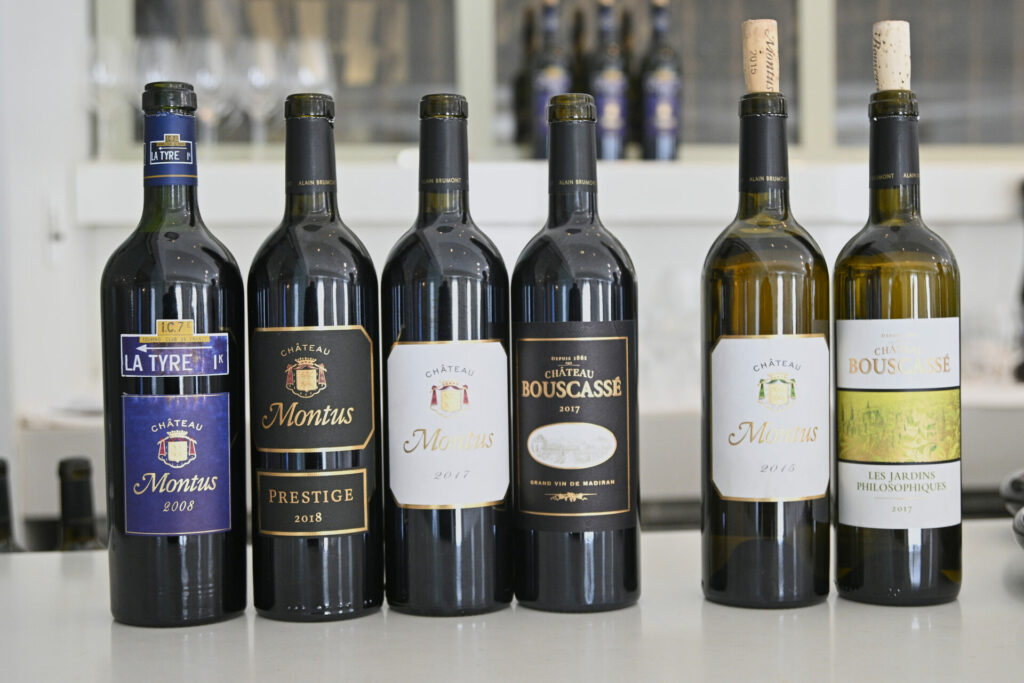
The wines we tasted:
2017 Château Bouscasse “Les Jardins Philosophiques”
A blend of Petite Manseng and Petite Corbeau. A bright gold colour with a quiet nose hinting at pineapple, fresh citrus and apples. The wine is textural and weighty, with an oily grippy mouthfeel. The acidity is mouthwatering and balances the density of the wine. It reminds me of Pinot Gris texturally, but the extra hit of acid keeps this feeling fresher than its density would imply.
![]()
2015 Château Montus “Pacherenc du Vic Bilh Sec”
Another blend of Petite Corbeau and Petite Manseng. It is aged in large new oak barrels with extended lees contact for about two years. This wine is also slightly subtle on the nose but comes alive on the palate. Like the Les Jardins, I found layers of ripe apple and yellow pineapple with a background of something vaguely herbal. I was dismissive of the wine at first because of its subtlety, but this was the wine I kept revisiting. Each time it matched the food on my plate from the appetizer right through the cheese course. It had an intensity on the palate that had me thinking this would be killer with Indian food like dal layered up with pungent mango pickle and fresh herbs. The wine is holding on to so much freshness for eight years old.
![]()
2017 Château Bouscasse
60% Tannat, 20% Cabernet Sauvignon, 20% Cabernet Franc
The flagship wine shows a mix of red and black fruit riding the edge of sweet and tart. The wine is already showing some development with earthy mushrooms, turned earth and meaty umami notes blending into the mix of fruit. The tannins are fine and sticky. This resembles Rioja with the balance of fruit and savoury notes. The inclusion of Cabernet Franc also lends a nice floral note to the wine.
![]()
2017 Château Montus
80% Tannat 20% Cabernet Sauvignon. The fruit profile runs darker with more blackberry, cassis and salty plum. The tannins are still fine-grained and sticky but much more persistent. They linger well past finishing a sip. The wine feels younger, holding on to more of its fruit character for now.
![]()
2008 Château Montus “La Tyre”
100% Tannat from two single vineyards showcasing the oldest vines. High elevation site where the winds deliver small berries with thick skins. This is the wine in the flight that resonates most with me. In turn very floral with blackberry, blueberry and damson plum. The palate is much more savoury, with some development from time in the bottle showing in the dried leather, herbs and umami cured meat notes that come through. This wine can still undoubtedly age for a while longer.
![]()
2018 Château Montus “Prestige”
Another take on 100% Tannat from a different vineyard site. Also windy, also very old vines. The winemaking is very similar between this and the La Tyre. It’s interesting to note that though the wines share a lot in their overall profile and structure, they feel fundamentally different from each other. I find this example more texture-driven, less floral and more savoury.
![]()
(All of the above are rated out of a possible five apples)




